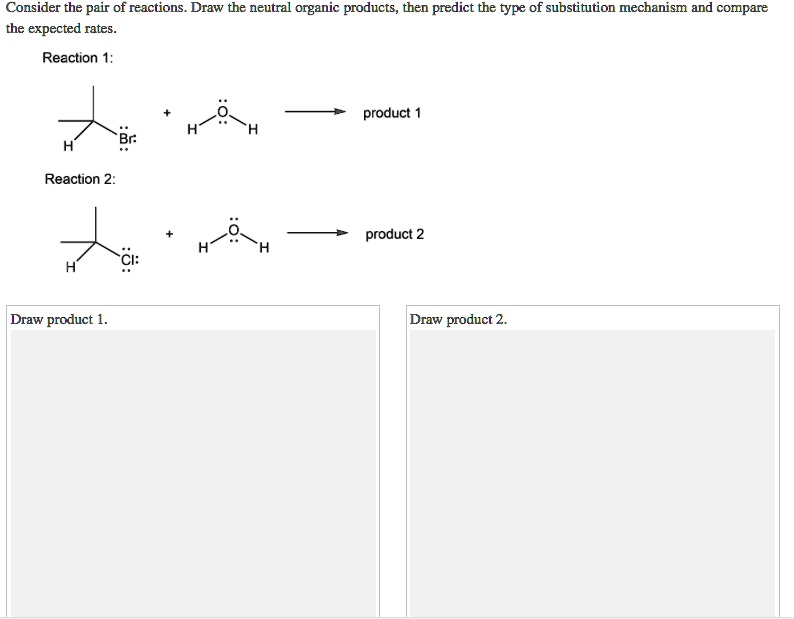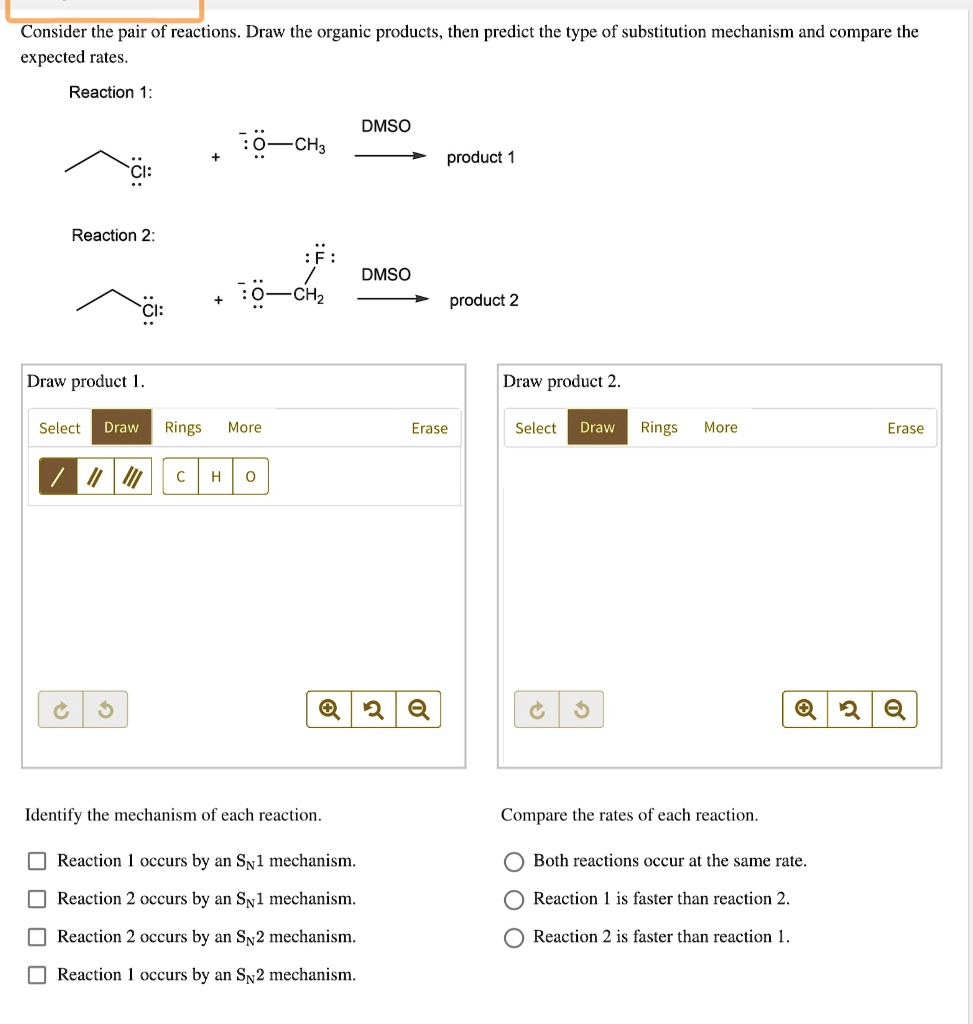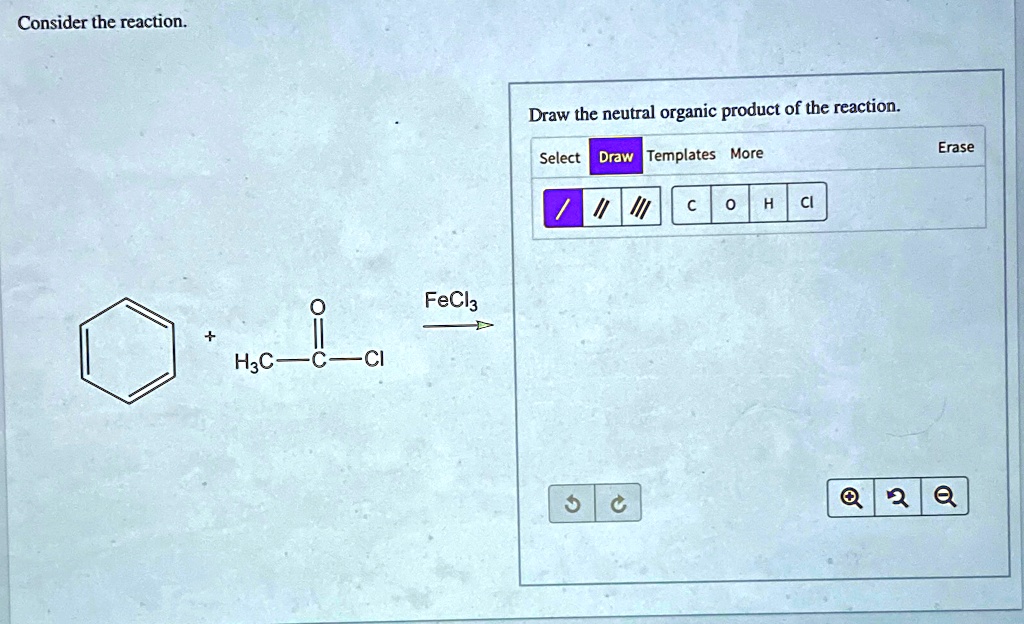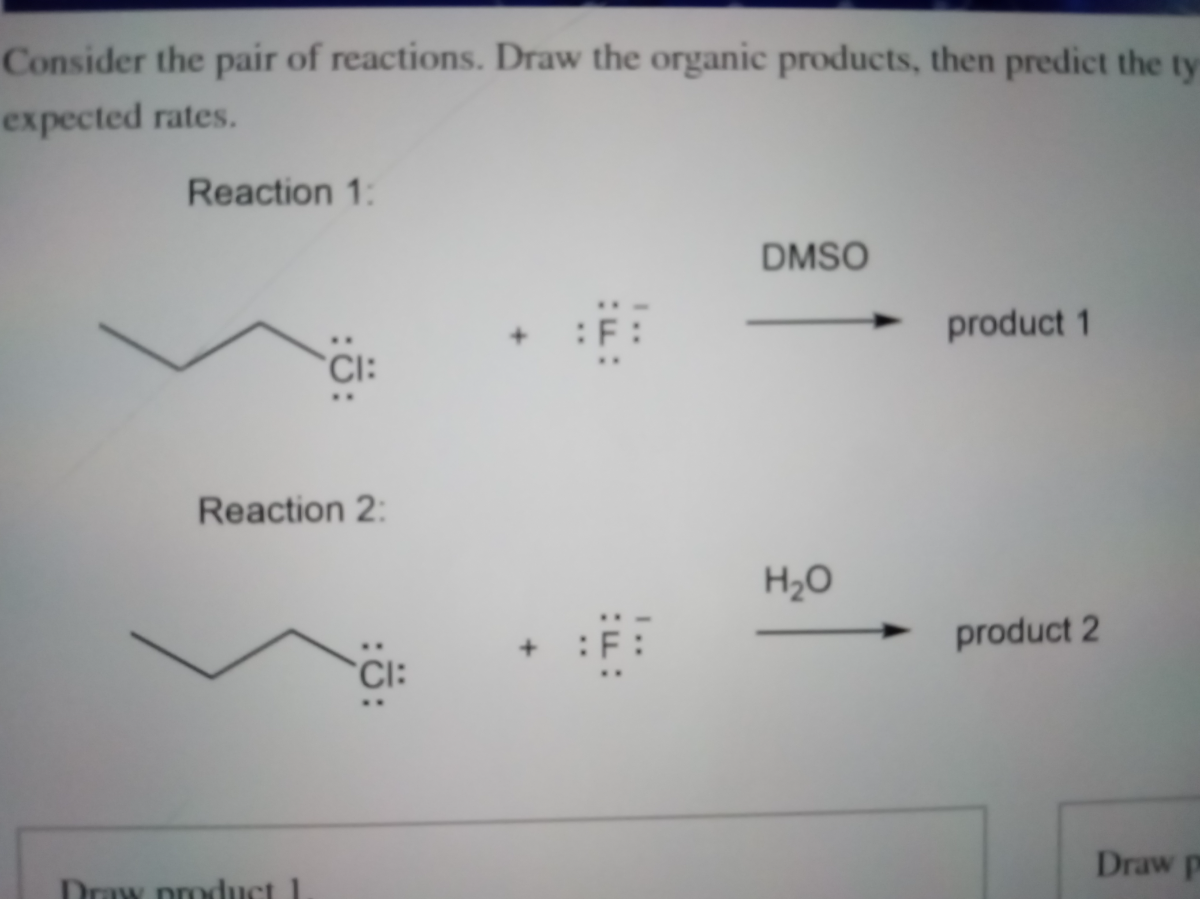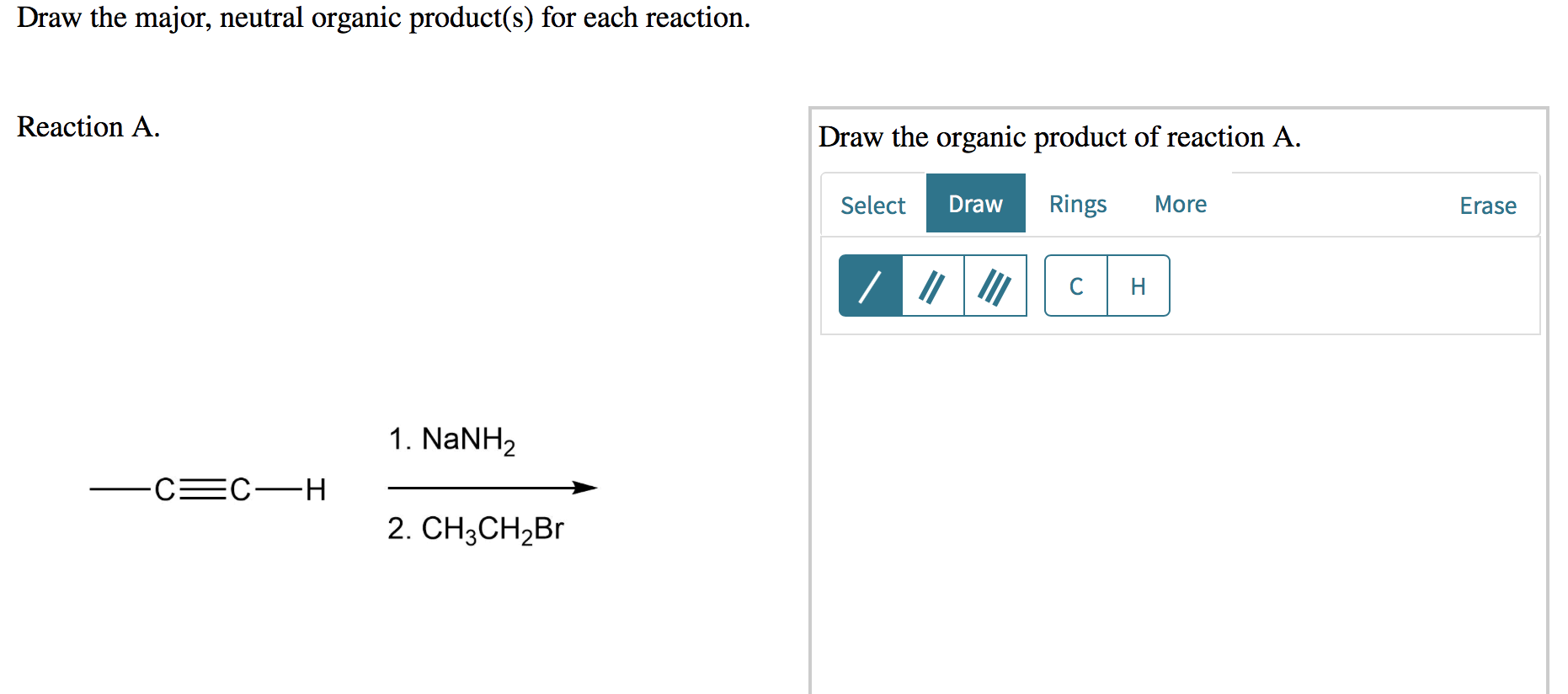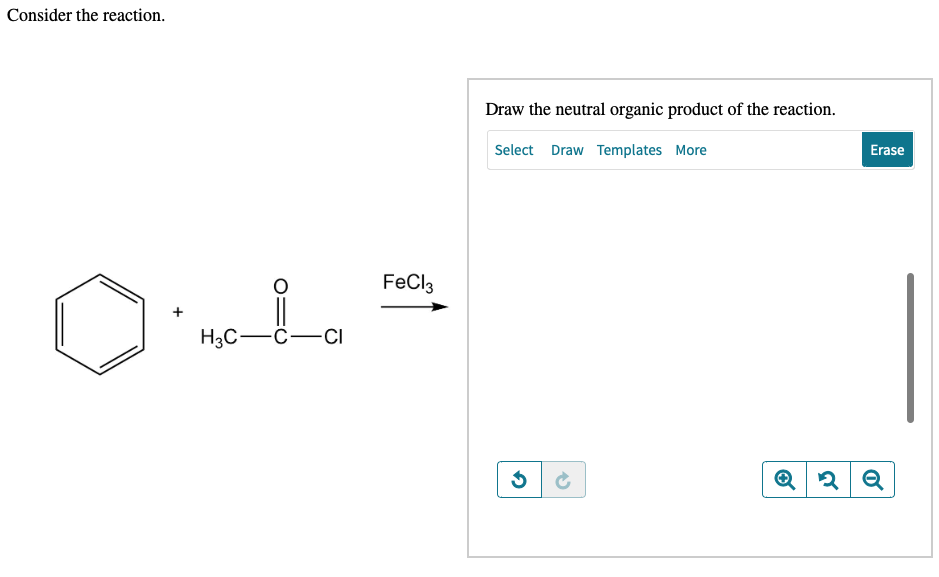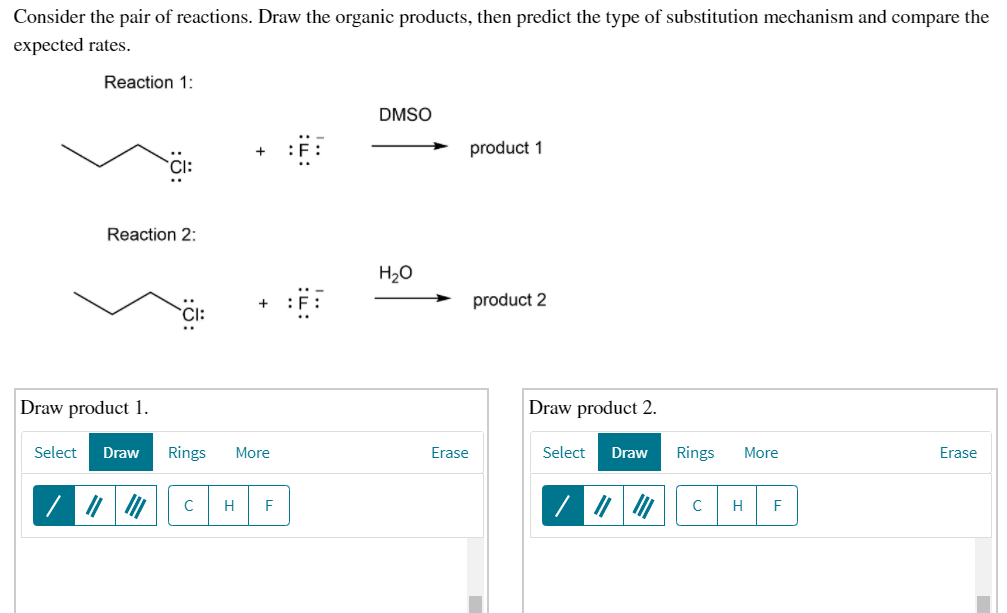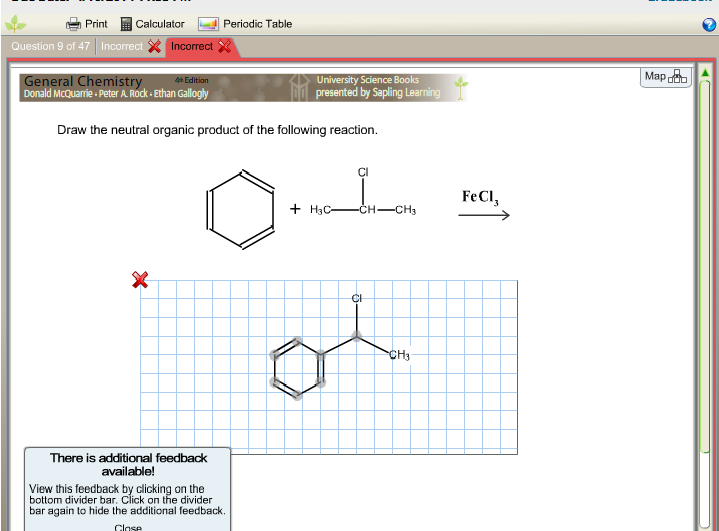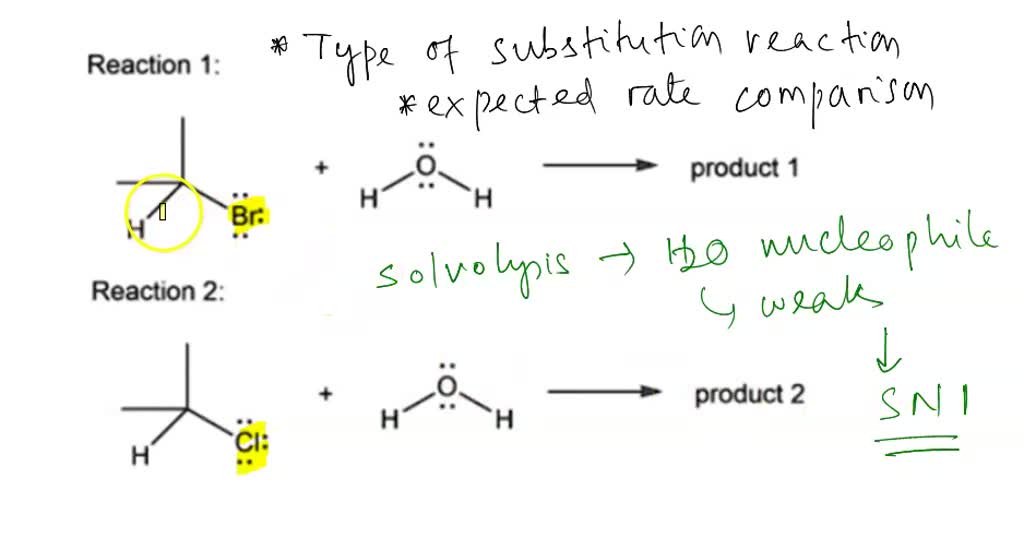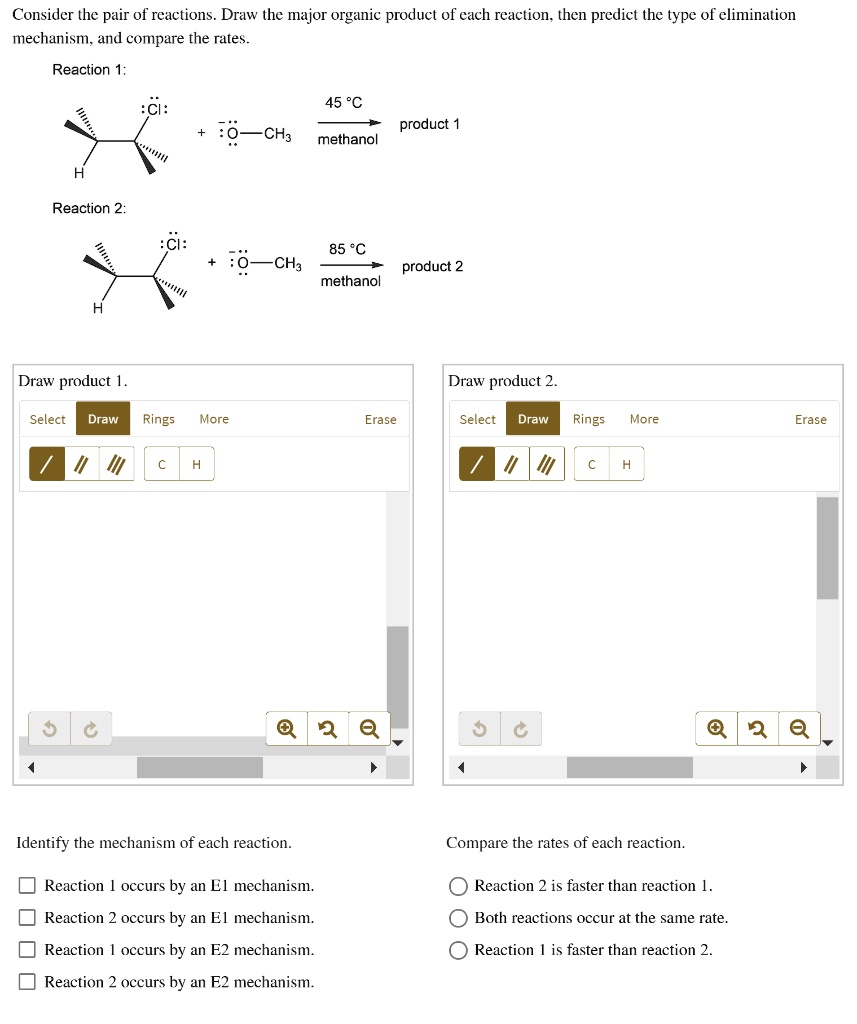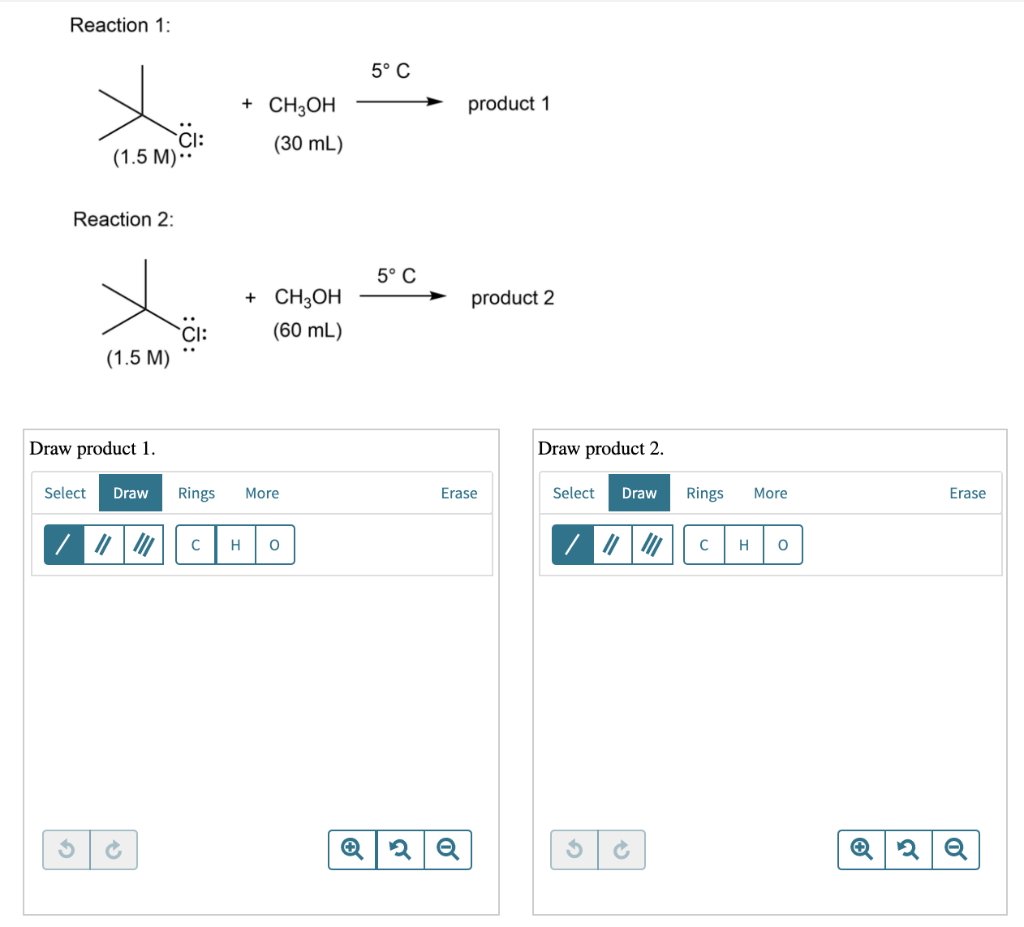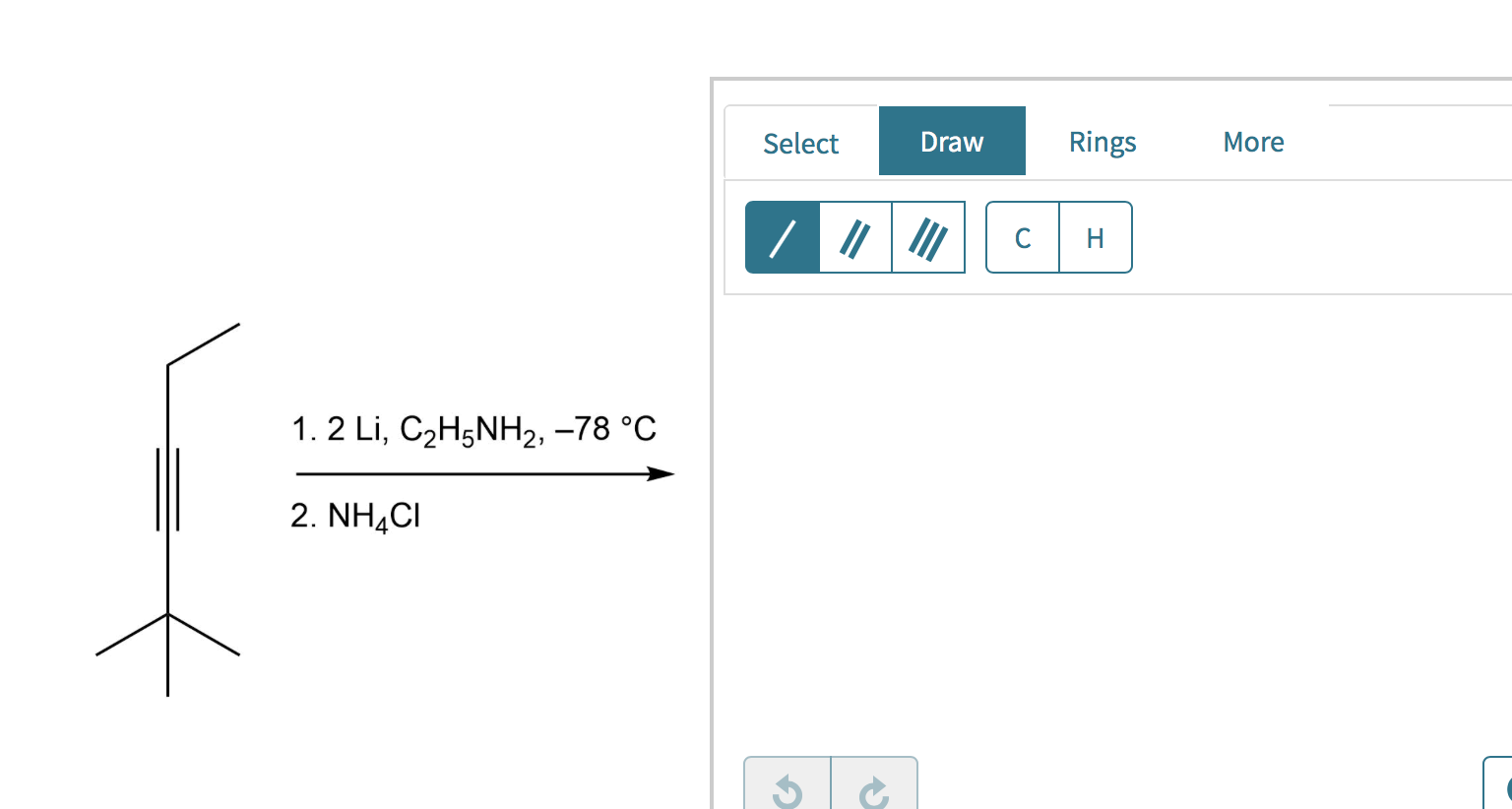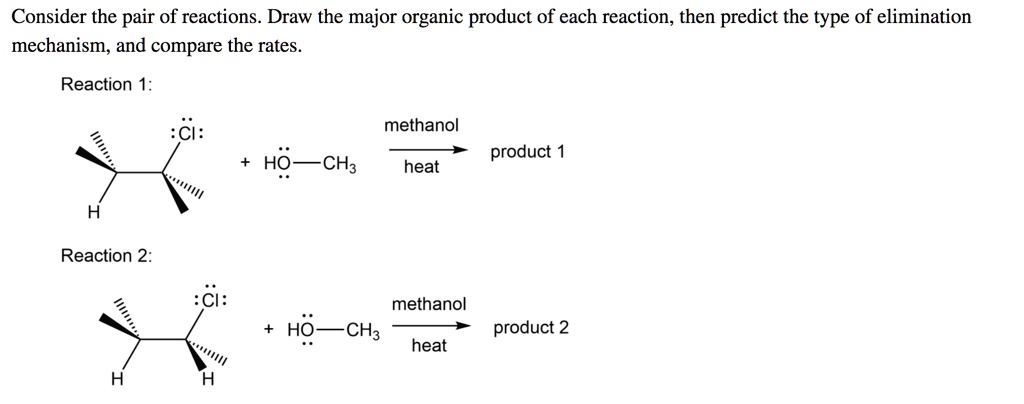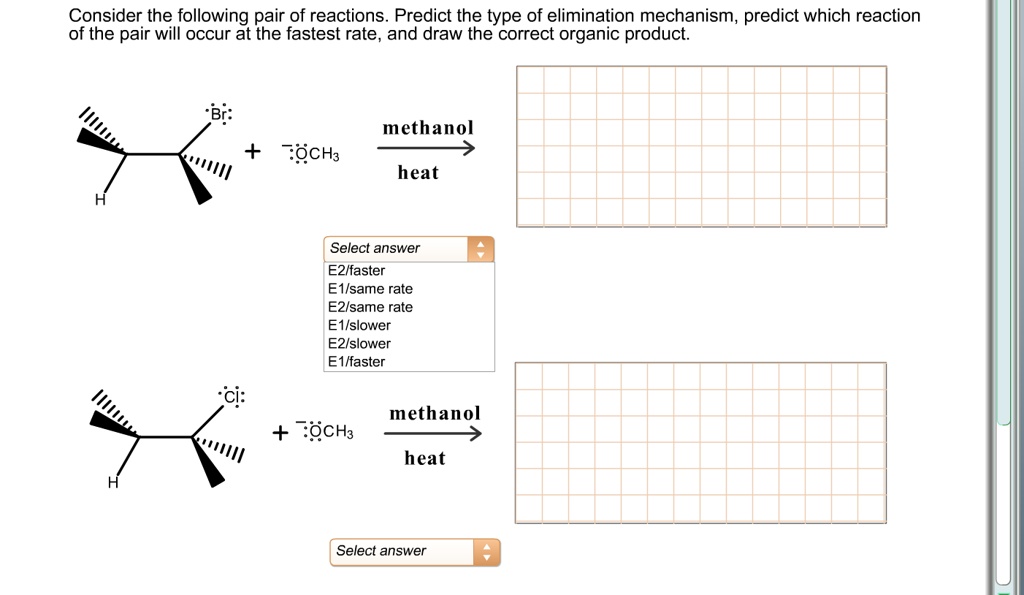Consider The Pair Of Reactions Draw The Neutral Organic Products
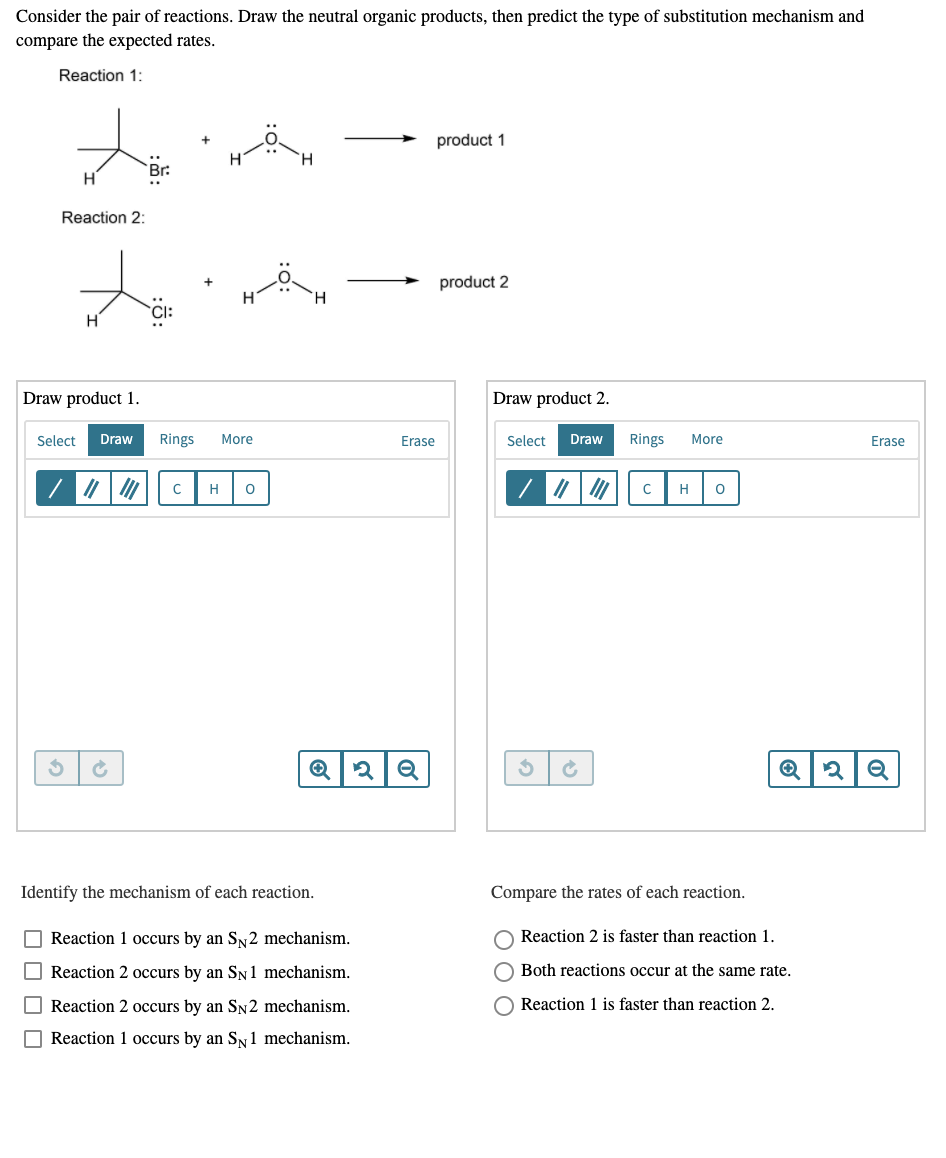
A peculiar phenomenon has been observed in recent organic chemistry experiments, sparking debate among researchers and raising questions about the predictability of chemical reactions.
The event, dubbed "Paired Reaction Neutrality," involves a specific class of organic reactions where two seemingly distinct pathways converge to produce surprisingly similar, neutral organic products. This challenges conventional understanding of reaction mechanisms and product selectivity.
The Enigma of Paired Reactions
The observations began at the University of California, Berkeley, in the laboratory of Dr. Anya Sharma, a renowned organic chemist specializing in asymmetric catalysis. Her team was initially investigating the synthesis of complex chiral molecules using different catalytic systems.
Unexpectedly, two separate reaction setups, employing distinct catalysts and reaction conditions, yielded almost identical neutral organic products. This outcome defied expectations, prompting further investigation into the underlying mechanisms.
Key Details Emerge
The reactions involve a substituted cyclohexanone as the starting material. One reaction pathway utilizes a chiral Lewis acid catalyst. The other employs an organocatalytic approach.
Normally, these different approaches are expected to produce different stereoisomers or products altogether, but, in this case, they converged on a similar neutral structure. The key is the reaction mechanisms involve multiple steps, with different intermediates.
The initial steps diverge significantly based on the reaction pathway used, but the reactions later seem to converge toward the same transition state. The final steps involve proton transfer and rearrangement, leading to the formation of the observed neutral organic product.
Significance and Implications
The significance of this finding lies in its potential to reshape our understanding of reaction pathways and product control. Dr. Sharma explains, "It suggests that certain reaction systems possess an inherent tendency towards product neutrality, regardless of the initial catalytic approach."
This could have implications for drug discovery and materials science, where controlling the stereochemistry and regiochemistry of reactions is of paramount importance. The better we understand why reactions lead to the same neutral product regardless of the starting reaction method, we can begin applying them intentionally.
If such convergent pathways can be identified and harnessed, it may become possible to design more efficient and robust synthetic strategies. This can reduce the need for multiple steps or costly separation processes.
Potential Impact on Society
The discovery also presents an opportunity to rethink existing synthetic routes, reducing the environmental impact of chemical processes. By identifying inherent tendencies towards product neutrality, chemists may be able to develop greener and more sustainable methods for producing essential chemicals.
The research findings are still preliminary and require further validation through independent studies. Dr. Thomas Chen, a computational chemist at Stanford University, is currently using computational models to examine the observed convergence.
These computational models aim to elucidate the energy landscape of the reactions and pinpoint the factors driving the observed product neutrality. He mentioned that "Understanding the electronic and steric factors governing these reactions could unlock new possibilities for catalyst design and reaction optimization."
Human-Interest Angle
Behind the scientific breakthrough lies a story of perseverance and intellectual curiosity. Dr. Sharma and her team faced numerous setbacks and unexpected results during their investigation. They almost didn't pursue it due to the unconventional nature of the findings.
However, their dedication to unraveling the mystery ultimately led to the groundbreaking observation of "Paired Reaction Neutrality." Their efforts serve as an inspiration to aspiring scientists and highlight the importance of embracing unexpected results in scientific exploration.
One of Dr. Sharma’s graduate students, Sarah Miller, recalls the moment of discovery. "It was late one night, and we were comparing the spectra of the two products. We realized that despite the different catalysts, the NMR data matched almost perfectly. It was a truly Eureka moment."
Conclusion
The discovery of "Paired Reaction Neutrality" represents a significant step forward in our understanding of organic chemistry. Further research is needed to fully unravel the underlying mechanisms and explore the potential applications of this phenomenon.
The convergence observed in these paired reactions challenges existing paradigms. It opens up new avenues for catalyst design and synthetic strategy development.
As scientists continue to investigate this intriguing phenomenon, its impact on various fields, from drug discovery to materials science, remains to be seen, yet the potential is immense.
